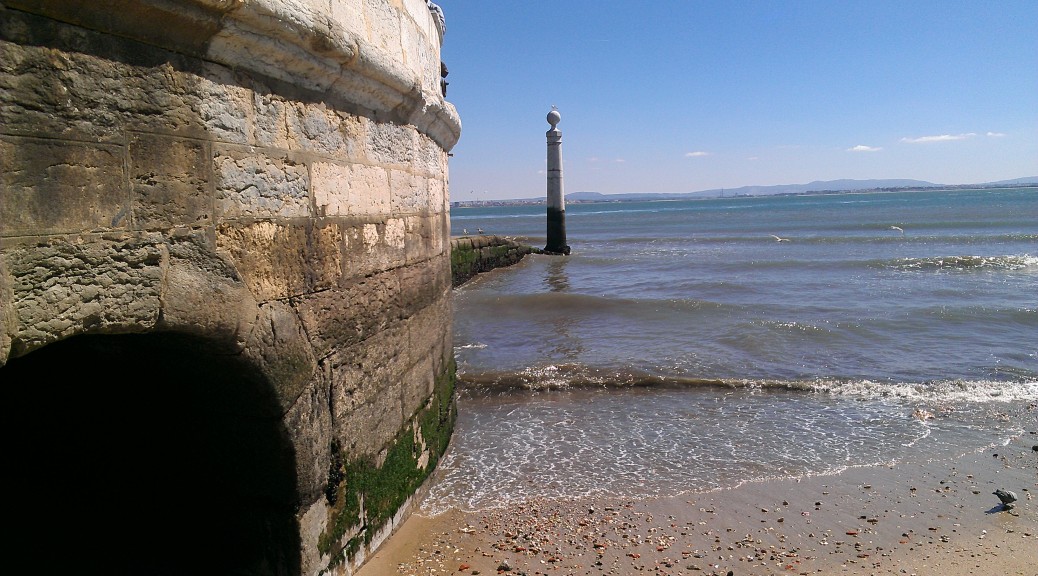Oh, f**k. I am literally stuck in Portugal.
My heart rate quickened a few paces. I hadn’t really allowed myself to think that the worst possible scenario would happen, so now that it was in fact happening, I found myself momentarily bewildered. I’d made the foolish mistake of traveling to Portugal without my passport, but since I’d gotten lucky on the flight out of Spain, I thought my luck might hold out for the return trip. It didn’t. After trying other alternatives (presenting a copy of my passport, then my Spanish resident ID) that were refused by the airline agent, it became clear that I was not getting on this flight.
My brain began slowly filling with a thousand thoughts:
Shit.
Um. Ok. What the hell are you going to do now?
This can’t be happening.
Ohmygodohmygodohmygod
What if I can’t get out of here? What if I’m stuck in this airport for months or years like that one movie with Tom Hanks?
How could I be so stupid!?
Shit!
This is the worst thing that’s ever happened to me. Why do bad things always happen to me?
Jesus Christ, I’m sooo stupid!!
I just wanna go home.
*Eyes starting to well up with tears*
If you travel often enough, eventually it will happen. The worst possible scenario. You find yourself stuck in the middle of nowhere. You missed your flight. The hotel booking fell through. You’re lost in an unfamiliar place where you don’t speak the language. Or worse yet, you’ve been pickpocketed or injured.
While I haven’t had any serious travel emergencies yet (knock on wood), I’ve definitely found myself in a pickle more than once while travelling – most recently on a solo trip back to Spain from Portugal. What I’ve learned from these travel blunders is that the best and quickest way out of them is to… keep calm and carry on.

Don’t Panic (Ok, panic. But make it brief.)
After realizing that my pleading with the airline agent was useless, I found a bench to sit on, and let the reality of the situation settle in a bit. I tried to tame my wildly racing thoughts as best I could (repeating over and over to myself, ‘It’s going to be ok. It’s going to be ok.’). Suddenly, a calming piece of advice that a friend of mine once said to me popped up in my mind: ‘Every problem has at least 5 solutions’.
Slowly, I felt the panic begin to subside and a steely resolve take its place. After a few more moments, I went to the bathroom, washed my face, fixed my hair, and touched up my makeup. Then, I set to work.

Gather Your Tools
I knew I would need to rely heavily on my cell phone, so I checked the battery. It was about half full. I started scouting out the airport terminal for power outlets. Then, checked to see if there was free Wi-fi at the airport. No luck. Fortunately, my cell phone data plan worked, and the signal was strong.
Once you’ve calmed yourself down, take inventory of what you’ve got to help you get out of this situation – cell phone, map, GPS, snacks, the phone number of ‘a guy who knows a guy’. Use whatever you’ve got within reach to help you get yourself out of this predicament or weather the storm until you do.
Using travel tools proactively can also be a big help in case of a travel mishap. For example, take pics of your hotel, the hotel stationery, or the street you’re staying on in case you get lost and can’t communicate where you need to go. Save emergency contact info into a notes app on your phone. Save text versions of walking directions to/from your hotel on your phone to use in case you can’t access GPS. Download maps that are accessible offline. Download travel apps you can use to book last-minute flights and hotels and find bus and train schedules.
Brainstorm & Prioritize Your Options
What’s the thing that needs to happen first? What’s most important right now? What’s the fastest, most efficient way to get that thing done?
My 3 main options were: Getting on another flight, finding a place to stay, or finding another mode of transportation to get back to Spain.
After a quick search online for other flights, I ruled out that option. Even if I could get past security for another airline (sans passport), the cost of the flight would be ridiculous. Since I was already out of the money from the lost flight, I didn’t want to pay more than I needed to.
My next best bet was finding an alternative way out. Lastly, I’d look for a place to crash, if finding a way out took longer than I hoped.
Be Resourceful – Know Where to Go for Info or Help
Thankfully, I had apps for Renfe – Spain’s railway system, BlaBlaCar, and Skyscanner on my phone, and I’d bookmarked the site for Portugal’s railway system. I used Google to search for buses going between Portugal and Spain. In under an hour, I’d found info on the next trains, buses, and rideshares going to Madrid. But online bus information can often be out of date, so I ended up consulting with both an airport security guard and the airport tourist info office to make sure the info I’d found online was correct (turns out, it wasn’t). Since there was nothing leaving until the next day, I used my handy AirBnB and Booking.com apps to look for a cheap place to stay in the meantime.
Having the right info at hand during a travel emergency makes all the difference, and knowing where to go to find it is essential. In my case, I relied heavily on online travel tools. But the people around you can also be excellent sources of help and information. Information desks or tourist offices are available in most large cities. Bus drivers and taxi drivers are great for helping you find your way – they know the area well. Hotel concierges and desk staff, security guards and police officers, store workers in commercial areas – not only are all of these people good sources of ‘official’ info, they’re also more likely to speak English than a random person on the street.
Think Positively
Even if you do everything you should do in a travel emergency, there’s no guarantee that you’ll get out of the situation quickly. No matter what happens, though, keeping a positive mindset and being able to laugh at yourself will help you make the best of a bad situation.
In the end, it took a few hours of searching for and confirming transport and lodging, an overnight stay at a cheap but centrally located AirBnB room (15 euros), and a 5-hour BlaBlaCar ride (30 euros) the next day from Oporto to Madrid. During that time, I encountered some rude and unhelpful people, took a walk through what – at first glance – looked like a sketchy area, and suffered a late-night bout of gastrointestinal distress. I tried to view the whole ordeal as a comical adventure, which kept me from getting too riled up or freaked out, even though there were several times when I wanted to do both. In the end, I made it out of a sticky situation without too much incident, feeling like I earned a merit badge in the process. And a ridiculously hilarious travel story to boot.
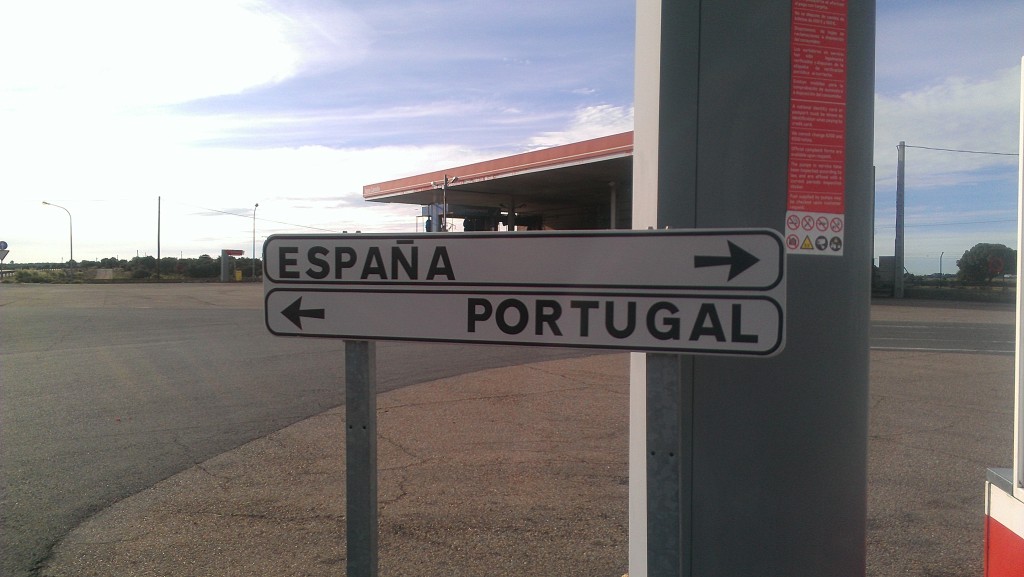
Have you ever experienced an embarrassing travel mishap or stressful travel emergency? How did you make it out alive? Share your experience in the comments!








.jpg)
.jpg)
.jpg)

.jpg)
.jpg)
.jpg)
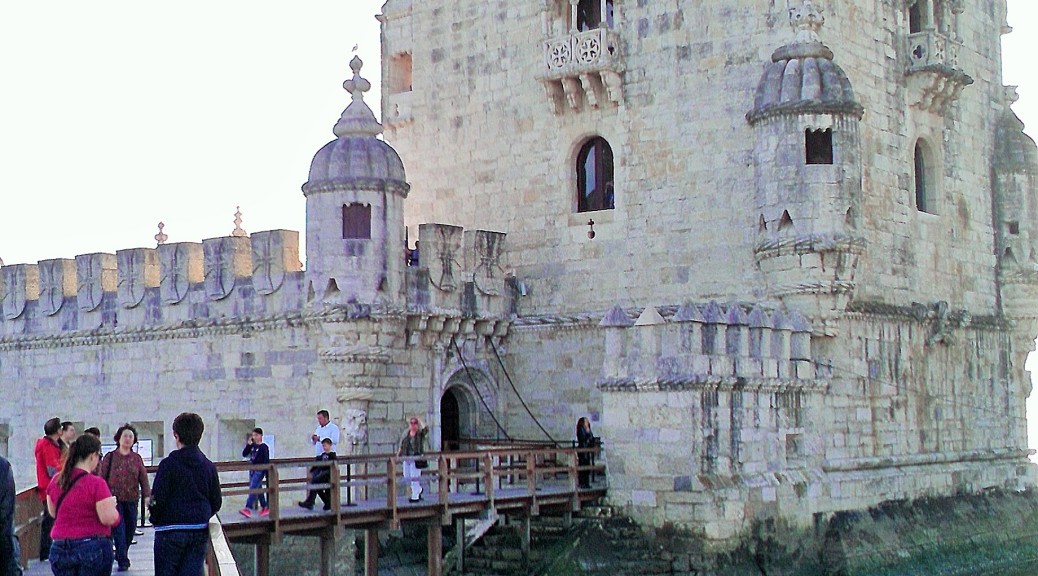







.jpg)
.jpg)
.jpg)
.jpg)

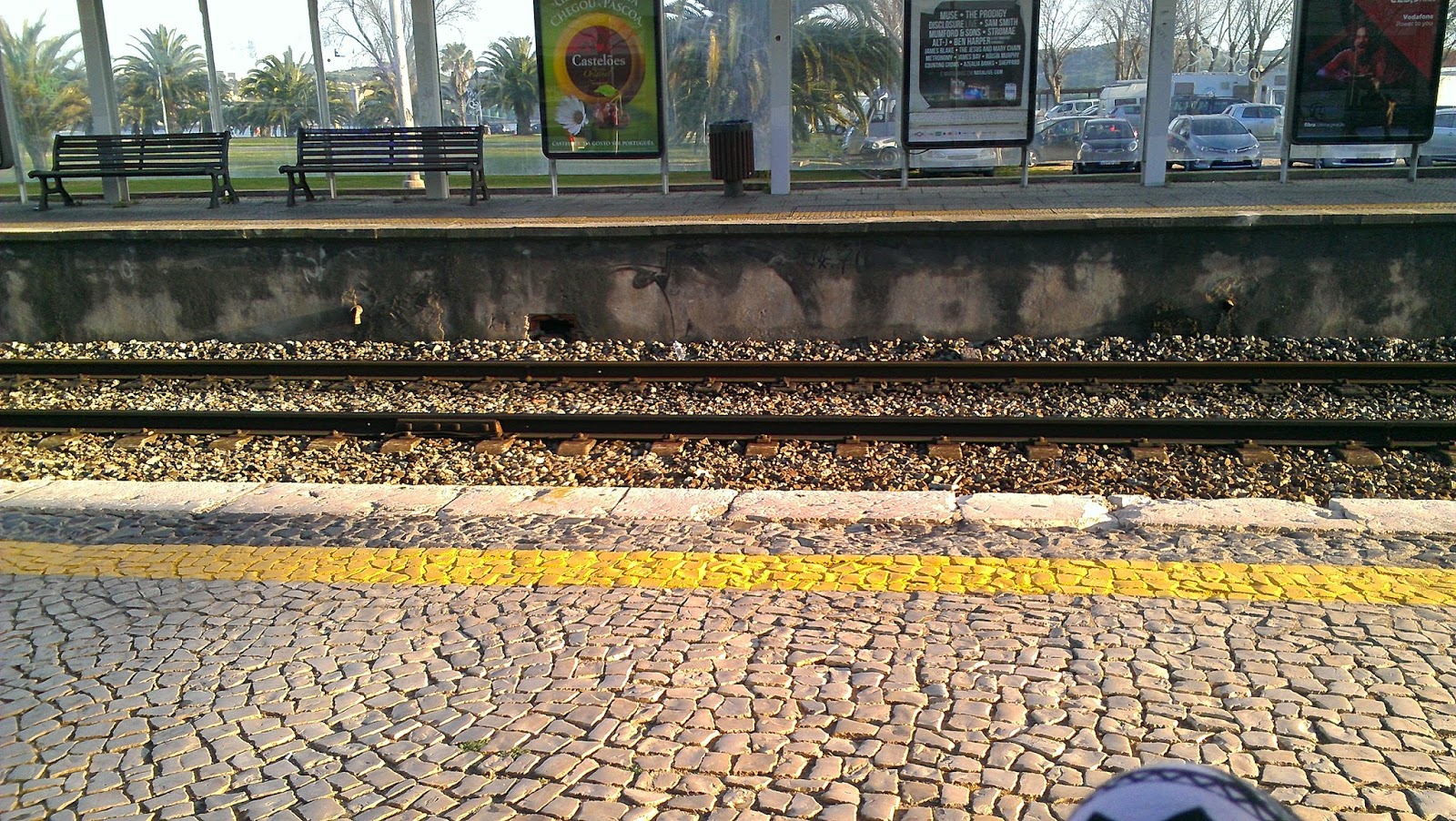

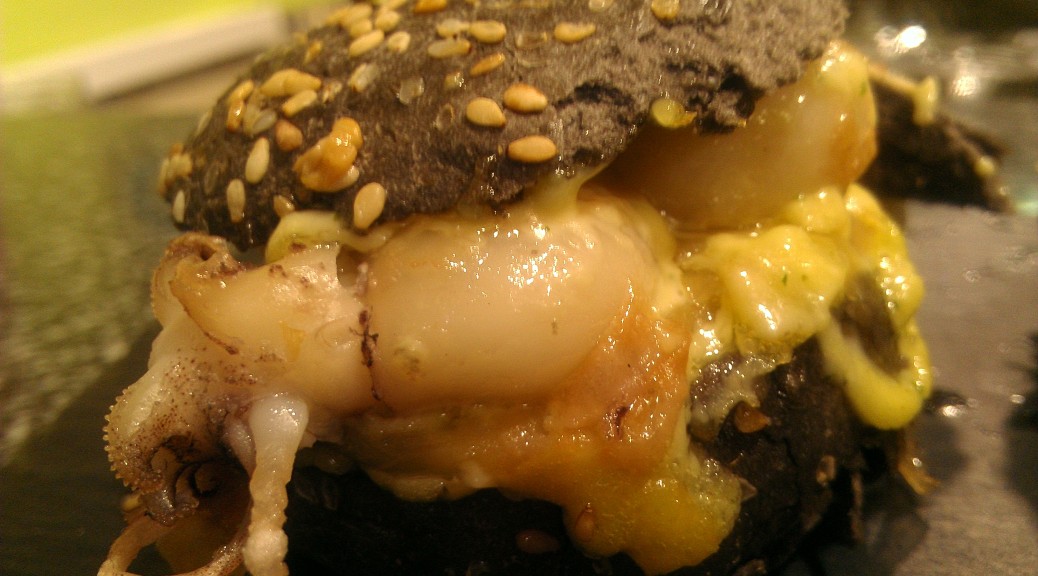
.jpg)
.jpg)
.jpg)
.jpg)
.jpg)
.jpg)

